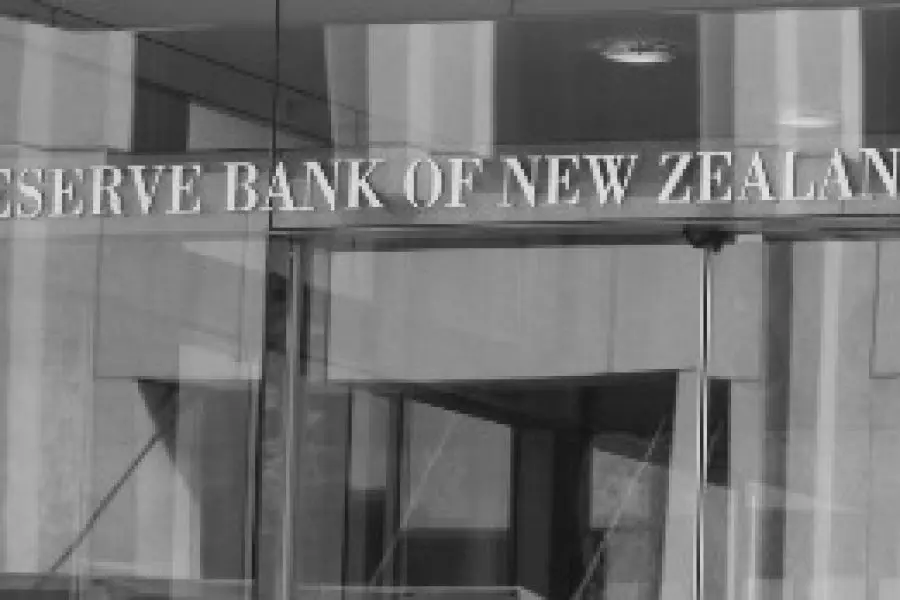News
What the Reserve Bank's latest move means for housing

Thursday 24th of September 2020
In the Reserve Bank’s latest Monetary Policy Review yesterday, it noted its Funding for Lending Programme (FLP) "would be ready before the end of this calendar year".
This programme is designed to boost the economy and make it cheaper for banks to borrow, in turn pushing down interest rates for retail borrowers.
The FLP could arrive before negative rates, as the...
Want to read the full article?
Click the button below to subscribe and will have unlimited access to full article and all other articles on the site.






![[The Wrap] Bye Bye Bayly](https://goodreturns.publit.io/file/c_fill,w_900,h_600/39f23ac1-f7c7-4854-b700-a150004ebbac.webp)


